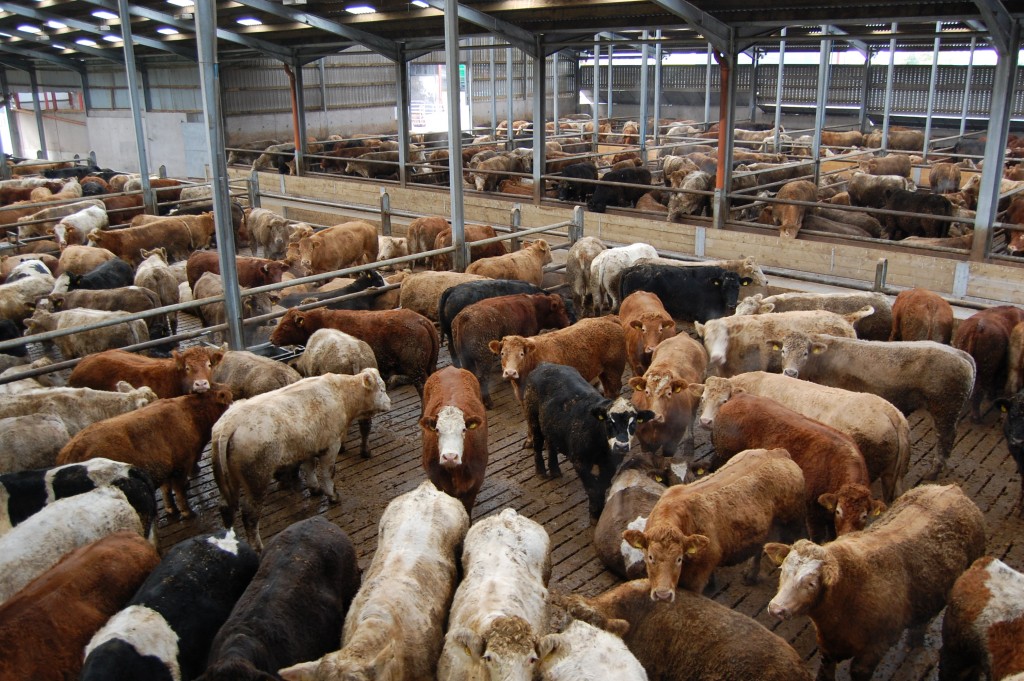EU’s agri-food market revels at prospect of Japanese trade deal
Politico | 23 June 2017
EU’s agri-food market revels at prospect of Japanese trade deal
By Simon Marks and Hans von der Burchard
Farmers in the EU are watching eagerly as European and Japanese experts meet in Tokyo for their 19th round of trade talks.
Japan sends very little agricultural produce to the EU. The EU, in return, has a big interest in exporting more pork, wine and cheese to the important Japanese market, which it is largely shut out of at present because of high tariffs. Unlike a planned trade deal with the South American trade bloc Mercosur, which farmers are worried about because it would open up access to the EU’s beef market to competitors, the Japan deal promises a serious boost to the agriculture business once the Asian nation’s tariffs fall.
A sweet deal with Japan would thereby lend Europe’s Agriculture Commissioner Phil Hogan some well-needed firepower to sell the EU’s liberal trade agenda to farmers.
EU trade officials briefed on the ongoing negotiations in Japan say that come July, pork, wine, beef, chocolate, pasta, veal, cheese and dairy producers could all be popping champagne corks.
“The commitment from both parties to reach an agreement in principle within this year is an opportunity for the EU dairy sector, which would benefit from such an ambitious trade agreement,” said Alexander Anton, secretary-general of the European Dairy Association.
The current target is to strike a political agreement — which would close about 90 percent of the negotiations — by July 6, when Japanese Prime Minister Shinzō Abe is scheduled to jet into Brussels. The deal could then be fully finalized toward the end of the year.
Dairy, including many specialist cheese producers from the likes of Italy and France, is one of the sectors set to benefit most. Under current World Trade Organization rules, Japan imposes tariffs of 20 percent to 35 percent on dairy imports.
On top of that, Japan has tariff-rate quotas to protect its most sensitive commodities, including dairy, with many tariffs outside of those quotas being so high that trade is totally restricted. Closing a trade deal would rid Europe of such problems.
Setting up tariff rate quotas with zero or low duties would help scale down the costs of exporting to Japan, Anton said.
EU negotiators expect pasta to be fully liberalized under the deal with Japan, according to a senior Commission source who spoke on the condition of anonymity.
The EU is also pushing Japan to completely open its wine market, though Tokyo has other ideas. It offered to slash its 15 percent tariff on European wines over a period of eight years, according to two diplomats briefed on the latest developments. The Commission source, however, said Europe is trying to urge Japan to bring that level down to two years.
Their argument is based on the fact that Chile will get free trade access for its wines to Japan starting 2019 and Brussels wants the same treatment.
The Japanese conundrum
Getting this far has not been easy.
Many farmers in Japan blame the granting of tariff-free access to foreign imports for keeping prices low and making it impossible for them to earn enough money.
To skirt such problems, Japan’s parliament recently adopted a package of agriculture reforms that aim to facilitate making domestically unpopular concessions on agriculture. For example in the dairy sector, the government prepared a sprawling compensation package should European imports have a negative effect on domestic production.
In addition to dairy, the EU wants pork to benefit from the trade deal with Japan. The EU is the world’s second-biggest producer of pork meat and the number one exporter worldwide, but it can only keep a foothold in the Japanese market if the trade deal eliminates tariffs and differences on food safety standards, EU lobbyists say. The EU wants Japan to give its pork industry the same access it gave countries with which it was negotiating the Trans-Pacific Partnership.
At the current stage of the talks, Tokyo has offered tariff cuts on pork similar to those that were in TPP, according to several diplomatic sources, though the EU will likely allow Japan to introduce a safeguard mechanism that could block certain imports should the market appear to be flooded.
Offers for tariff cuts on processed food like butter and chocolate are also on the table.
The EU’s sacred protection of food names like Parma Ham or Roquefort cheese through so-called geographical indications is also part of the trade talks. Tokyo accepted the EU system “in principle,” according to diplomatic sources in Brussels, and Japanese authorities have already provided the European Commission with a list of geographical indications — such as Kobe beef — that the Asian country aims to protect under the trade deal.
However, while the Japanese only want to protect roughly a dozen food names, the European list is much longer: In the recently concluded EU-Canada deal, Brussels managed to protect 145 European geographical indications, which has become an unofficial minimum target for future trade deals.
The EU has presented a list of about 200 food names in the negotiations, but both sides are still bickering over a handful of these nominations.
Pekka Pesonen, secretary-general of Copa-Cogeca, the EU’s most influential farming lobby, said the potential uptick in exports for EU agricultural products could easily be seen in the sheer size of Japan.
“Japan is at least three times as big as Canada in terms of population. It’s simple in terms of mathematics to say it [the Japan trade deal] is highly important,” Pesonen said, adding that only 40 percent of Japan’s total food consumption was domestically produced, leaving a huge market for imports from other countries.
“Cheese, dairy products, meat and wine are of particular importance,” he said. “Especially for these categories, we are interested in having substantial market access.”






